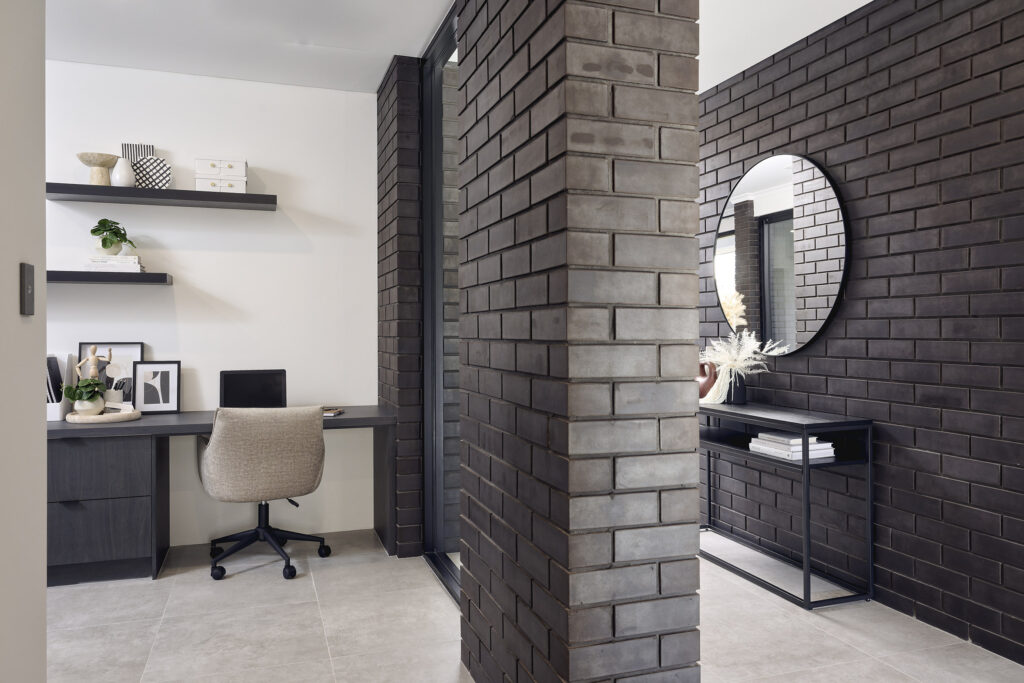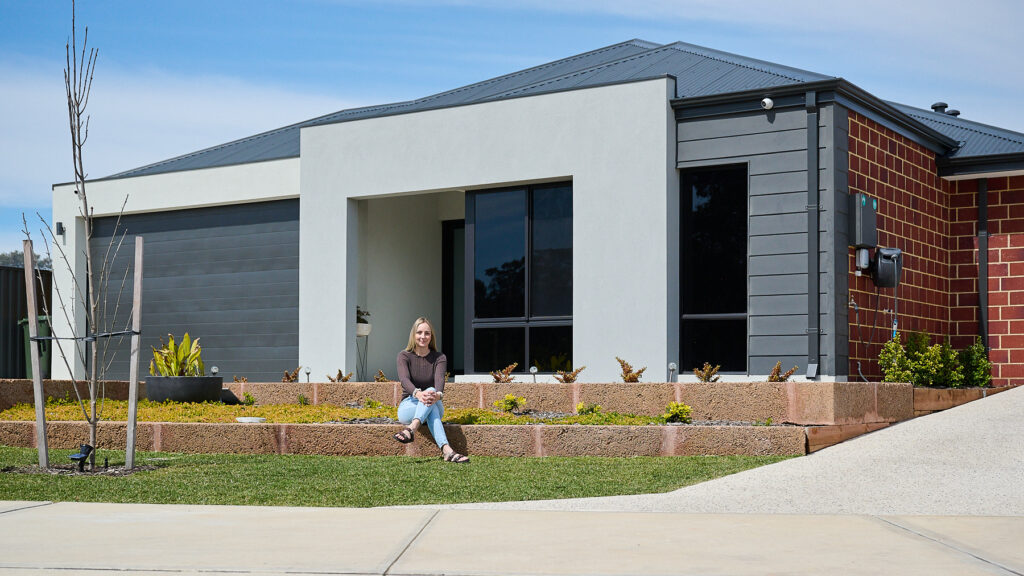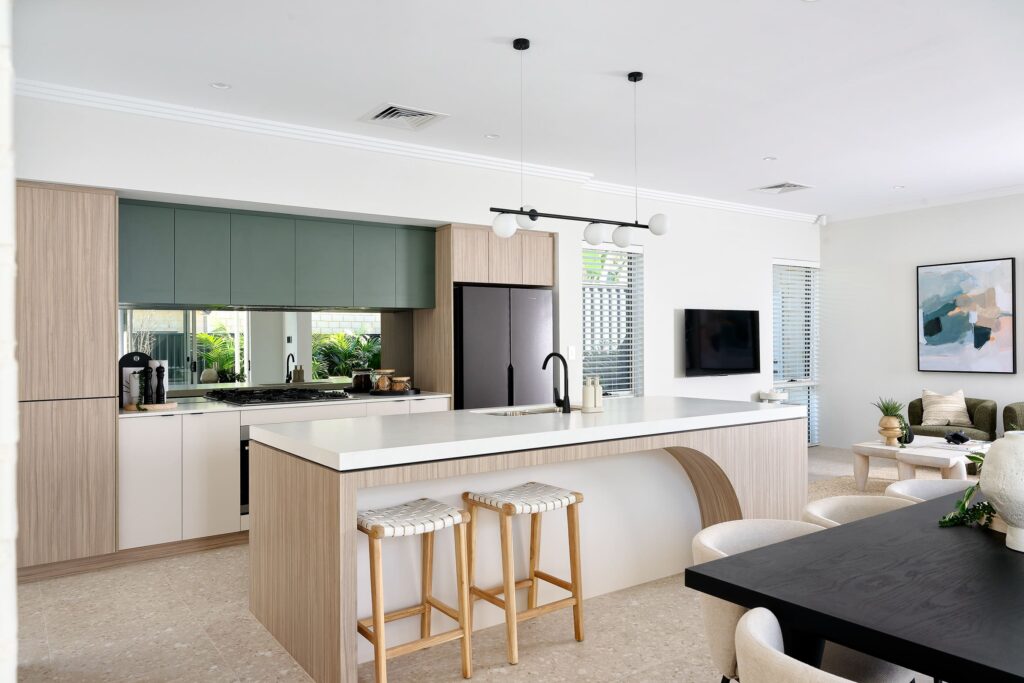Whether it’s your first time becoming a homeowner or you’re simply building a new home, it’s an exciting step in anyone’s life. It’s a significant milestone, so you should give yourself the time to appreciate and celebrate your accomplishment. However, you need to ensure you don’t forget the responsibilities that come with it too. As a homeowner, you inherit a lot more obligations related to home maintenance than you had as a renter.
Maintenance is about much more than simply keeping your house tidy for when guests come over. In addition to keeping your home in good condition, a regular maintenance schedule allows you to spot potential issues early and be proactive about fixing them. This saves you a lot of money that you might otherwise have to spend on costly repairs. Our guide is designed to give you insight into what good home maintenance entails and provide practical tips to make it go as smoothly as possible.

How does building a home help with your maintenance needs?
When you build a custom home, you’re able to take maintenance into account. You can make design choices that ensure your home is easy and simple to maintain. Some options include tiles or hardwood floors for easy cleaning, gutter guards to help prevent your gutters filling up, and storage spaces to help you avoid clutter. Many home builders like Redink also offer lifetime structural warranty, providing you with additional protection for your home. This is in contrast to buying a home, where you’re at the mercy of existing maintenance needs of the house and need to pay for any necessary repairs out-of-pocket.
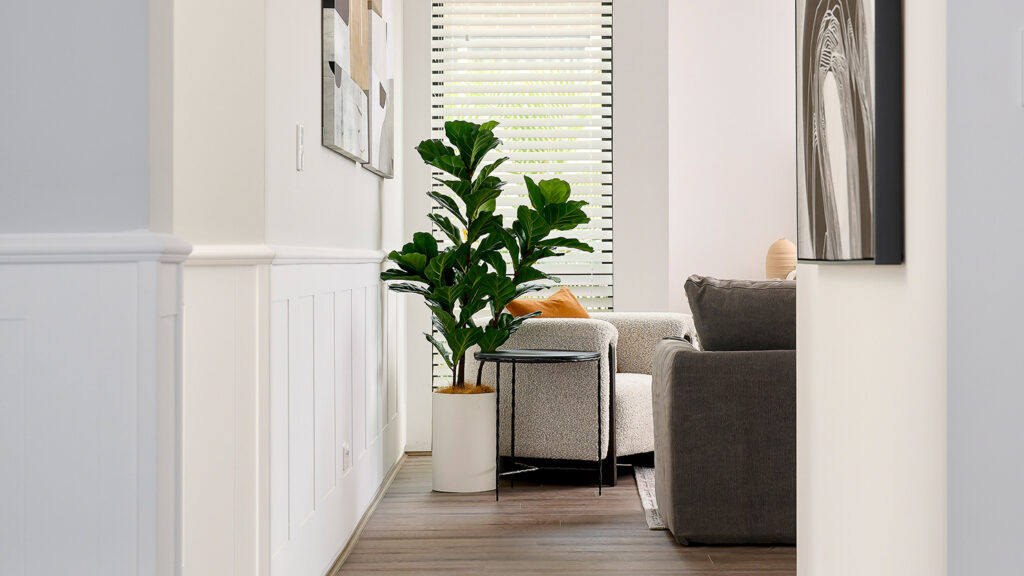
Creating a home maintenance checklist
One of the best ways to stay on top of your home maintenance is by making a checklist. When you’re trying to remember every part of your home that needs checking up on, it’s inevitable that you’ll forget a few things. By creating a list of tasks to take care of on a weekly, monthly, or seasonal basis, you can make sure that nothing slips through the cracks. Not only does this help you stay organised and prevent tasks from piling up, but it also allows you to spot the first signs of damage or fault. This lets you address these issues before they have a chance to get worse. The main thing you need to be aware of is how regularly to address specific tasks on your maintenance checklist.

Seasonal maintenance tips
Often, maintenance tasks will be different depending on the season and the time of year. Your home will naturally have different issues to address in the sweltering heat of summer compared to the constant rain in winter. Being aware of what each season brings is important so that you can tweak your checklist appropriately.
Summer
One of the main aspects of summer home maintenance is checking up on your air conditioner. When the temperature is in the 40s, the last thing you want is for climate control to fail you. Inspecting your air conditioner regularly means you can spot potential faults early and get a professional in to fix them ASAP.
Autumn
One of the hallmarks of autumn is the falling leaves. Unfortunately, while they are very picturesque, they can also be quite a nuisance when it comes to home maintenance. During autumn, you need to be extra vigilant when it comes to clearing out your gutters. Leaves and other debris are able to clog them up quite quickly, leading to blockages and potential damage.
Winter
The cold and rain you get in winter creates a number of unique maintenance concerns that you should be aware of. There is the potential for your home to experience damage to storms. Make sure to check the exterior of your home after a storm to spot areas that might require repair. This includes your gutters, roof shingles, and other outer features of the house.
Spring
Spring is when you will notice your garden coming to life again. During this time, you want to make sure you are maintaining your flower beds meticulously and preventing dirt and debris from spreading around your yard. Another thing to keep an eye on is your water softener. If you’re noticing too much water, it means you need to replenish the salt to the appropriate level. Additionally, spring is a good time to address moss and mould that may appear on walls or paving. You can fix this by removing excess deposits and treating affected areas with White King bleach or diluted liquid swimming pool chlorine. A nylon brush is a good tool to help you during this process.
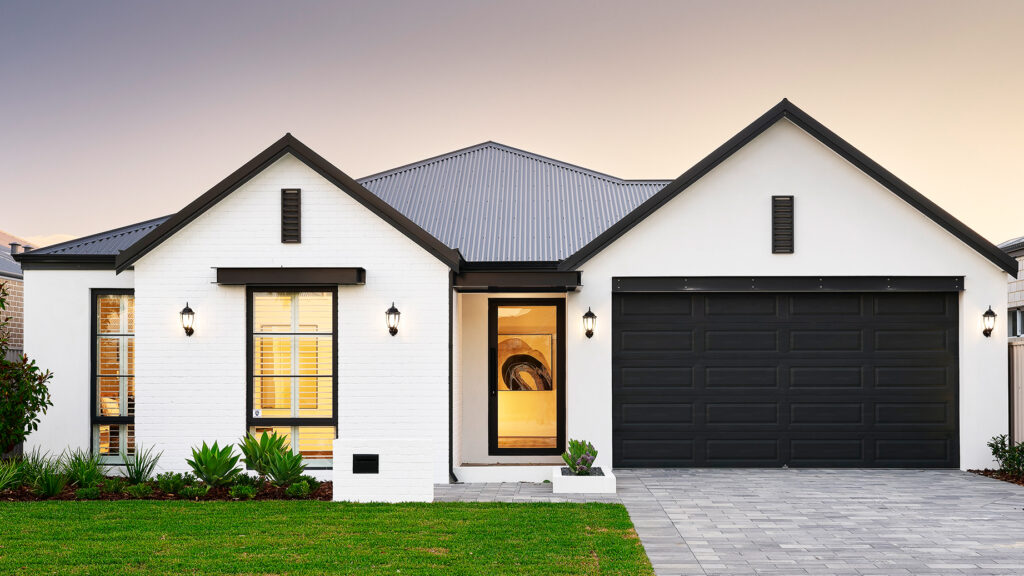
Safety device maintenance
As a homeowner, one of the most important things to stay on top of is your safety devices. Having fully-functional smoke detectors and carbon monoxide detectors is important to protect your home, but also potentially your life too. Smoke detectors let you know when there is a fire hazard in your home that you need to address immediately. Meanwhile, carbon monoxide detectors inform you when there is toxic CO in the air before it can poison you. You should always replace the batteries in these devices annually and ensure you have easy access to functional fire extinguishes at all times.

Preventing water damage and protecting the home’s foundation
In addition to causing you inconveniences, water damage has the potential to cause serious structural damage to your home. Water damage comes from a range of sources around your house, so you need to inspect thoroughly.
Clogged gutters may result in water pooling on your roof and eventually leaking into your home. Meanwhile, drafty windows may let a lot of water or moisture into your house directly. And one of the most common sources of water damage is obviously going to be plumbing, as leaky sinks, toilets, or heaters can quickly get out of hand. Generally, the best way to address these causes is by cleaning your gutters regularly, getting your windows properly sealed, and enlisting a plumber as soon as you notice a leak.
In addition to looking for sources of water, you need to inspect for existing water damage before it has a chance to become severe. Look carefully for small cracks, damaged caulking, and anything else that looks like damage to the foundation. Keep a thorough record so when you call a professional, they’re able to deal with the problem areas quickly.
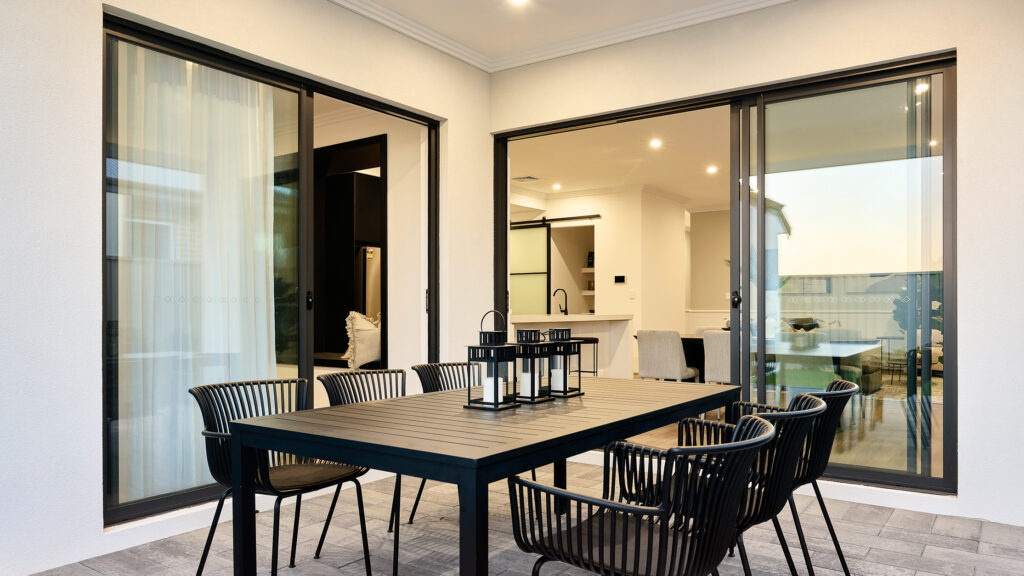
Cleaning tips
An important part of maintaining your home is regular cleaning. Not only does this help maintain a hygienic and aesthetic home environment, but it also prevents damage to a lot of surfaces in your house. The exact cleaning routine you employ will depend on the type of surfaces you have in your home. Carpets may require a different level of attention to linoleum floors. You also wouldn’t necessarily use the same products to clean tiles that you would on hardwood floors. This is why it’s important to create a bespoke cleaning routine that is tailored to your home.
Many people choose to do a thorough weekly clean where they go through the entirety of their home. But you’re also able to divide however best suits your schedule. You should do a standard clean of the key areas of the home once a week and a deep clean of tiles and other hard surfaces on a biweekly or monthly basis.
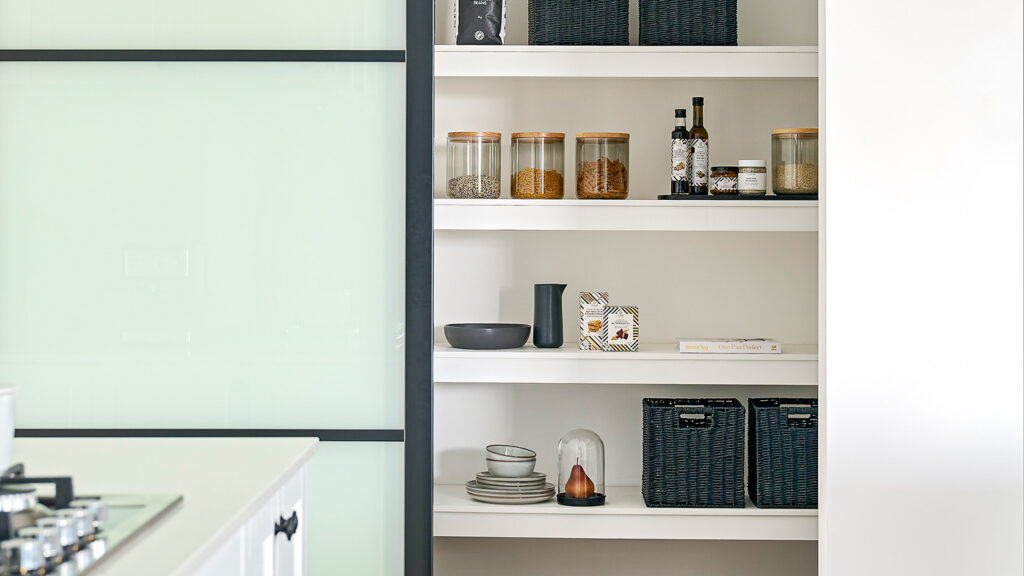
Keeping your home comfortable and safe
By staying on top of all your home maintenance obligations, you get something you can’t put a price on. Peace of mind. When all the items on your checklist have been ticked off, you can rest easy knowing that your home is in great condition.
By simply taking care of your home consistently and methodically, you can save yourself a lot of money on repairs. This means you can spend it on the things you enjoy rather than expensive fixes. It also means your home is going to stay safe and remain in good condition for many years to come.
If you’re interested in building your own custom home and getting excellent advice along the way, contact Redink homes. We offer house and land packages to ensure you have everything you need to become a happy homeowner.

